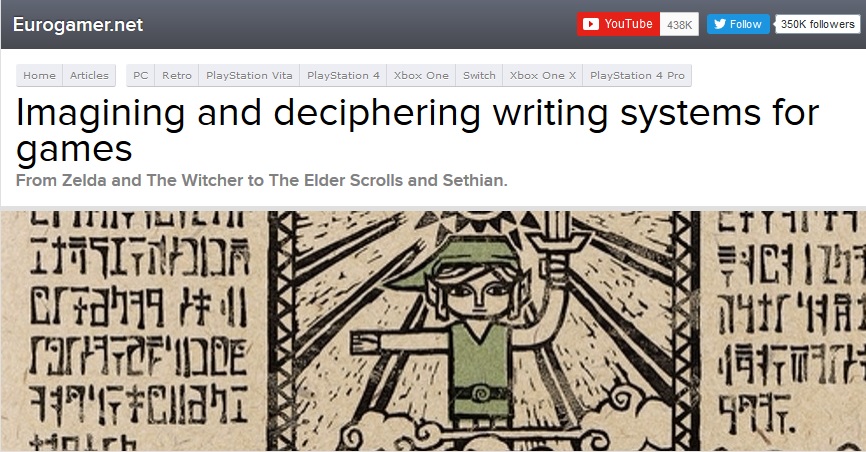We recently had the pleasure of being involved in a number of outreach events organised through the Cambridge Festival of Ideas. That meant talking to the public about our work and showing people (especially groups of children) how to write in ancient writing systems. These are more than ‘just’ outreach events for us – they are a valuable opportunity to put our theoretical work into practice and share it with others!

You don’t have to be present at these events to join in! If trying your hand at ancient writing appeals to you, have a look at our ‘write your name’ sheets HERE. Currently available are the ‘standard’ Greek alphabet, the Cretan alphabet, Phoenician, Ugaritic cuneiform, Linear B and Egyptian hieroglyphics. They can be downloaded and used for free so please do have a look and try writing your name or a message.

First up was the Prehistory and Archaeology Day organised by the McDonald Institute in Cambridge. This was a big event with all sorts of different activities, where the opportunity to learn an ancient writing system was just one of the possibilities on offer. Philip helped to run a drop-in stall (alongside colleagues from Archaeology and Classics) showing people how to write in Ugaritic and Akkadian cuneiform as well as other scripts. The practical element to this was not only learning to write in these scripts but also using a stylus to write something on a clay tablet.
Continue reading “Learning about ancient writing” →




